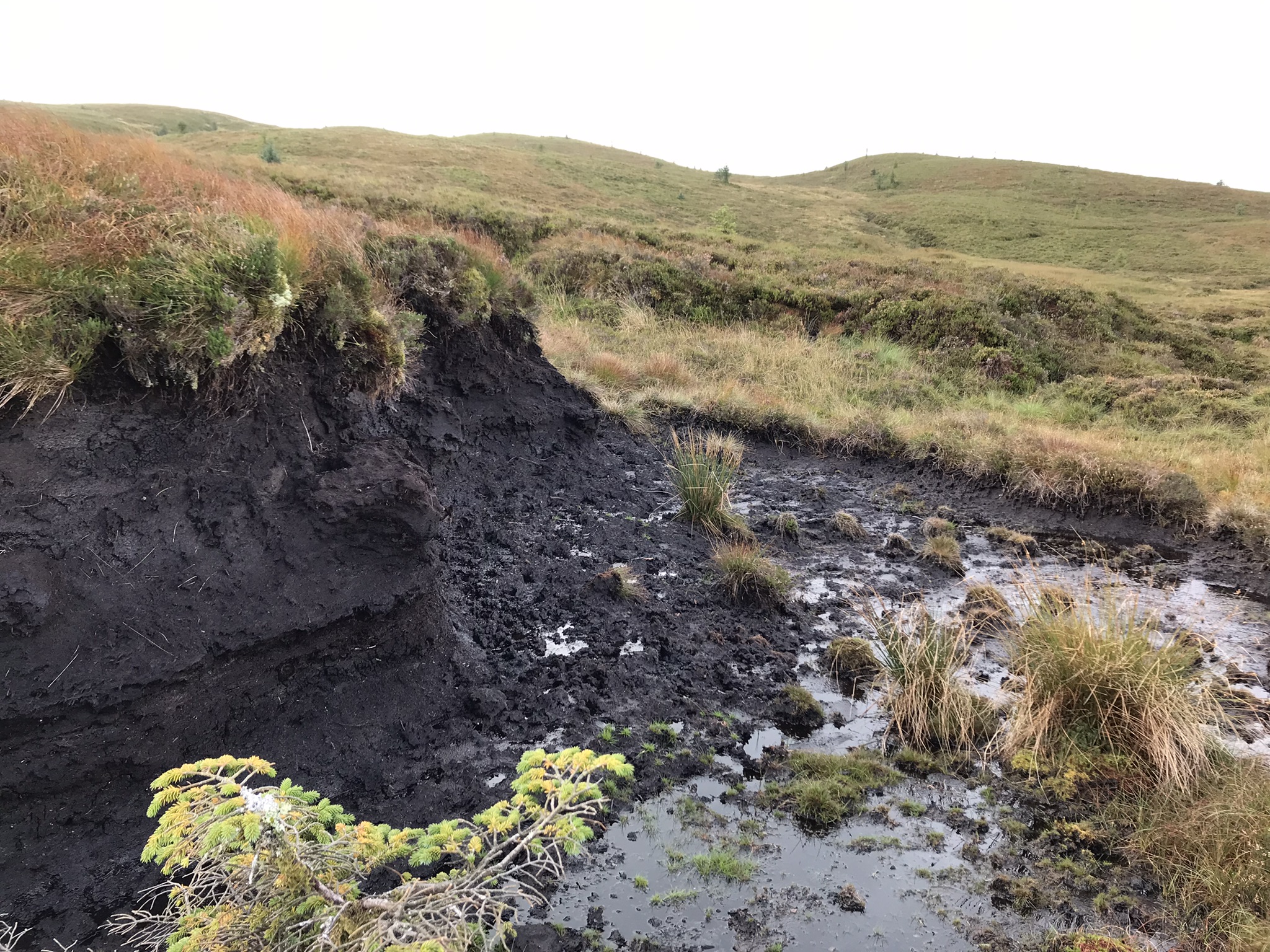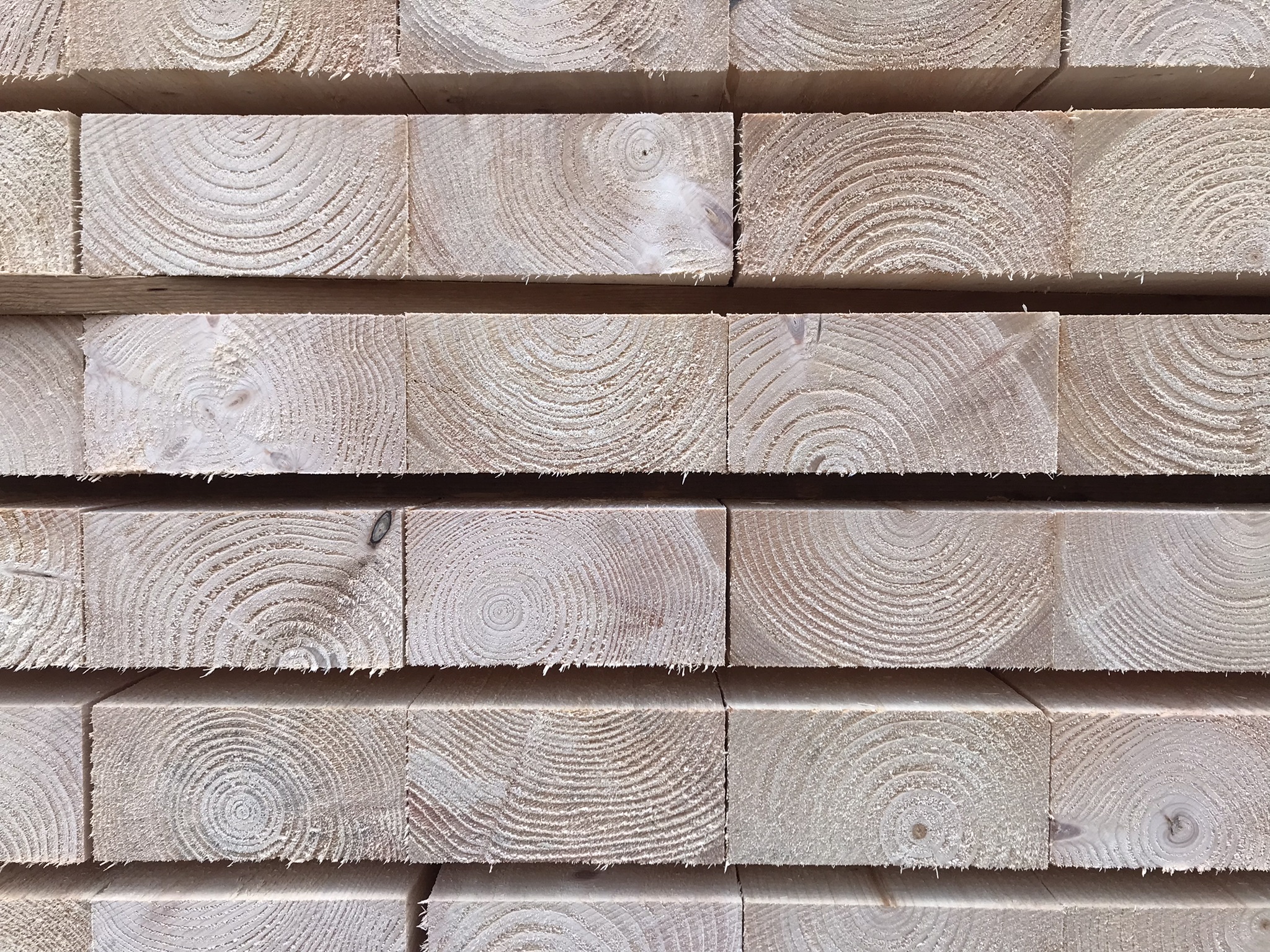Scotland visit with the Lundbeck Foundation
In the first half of September 2024, we traveled to Scotland with the Lundbeck Foundation to visit their investment in Scottish forestry. Since 2018, Cresco Capital Services has helped the Lundbeck Foundation build a diverse portfolio of forest assets in Scotland which is under asset management by Cresco Capital Services.
This year, we visited some of the woodlands in the portfolio together with representatives from the Lundbeck Foundation to explore various development opportunities. Forestry can seem like a complicated business to many, and to be successful in investment forestry, it is essential to make the right decision at the right time – it is more than just watching trees grow. But with attention to detail, forests can be attractive assets with great potential to deliver a robust financial return as well as a range of benefits to society.
Below is a small selection of the topics that were covered on the trip with capable assistance from local partners and experts.


